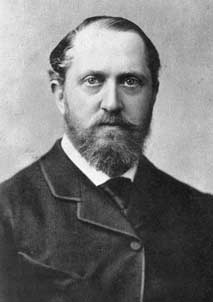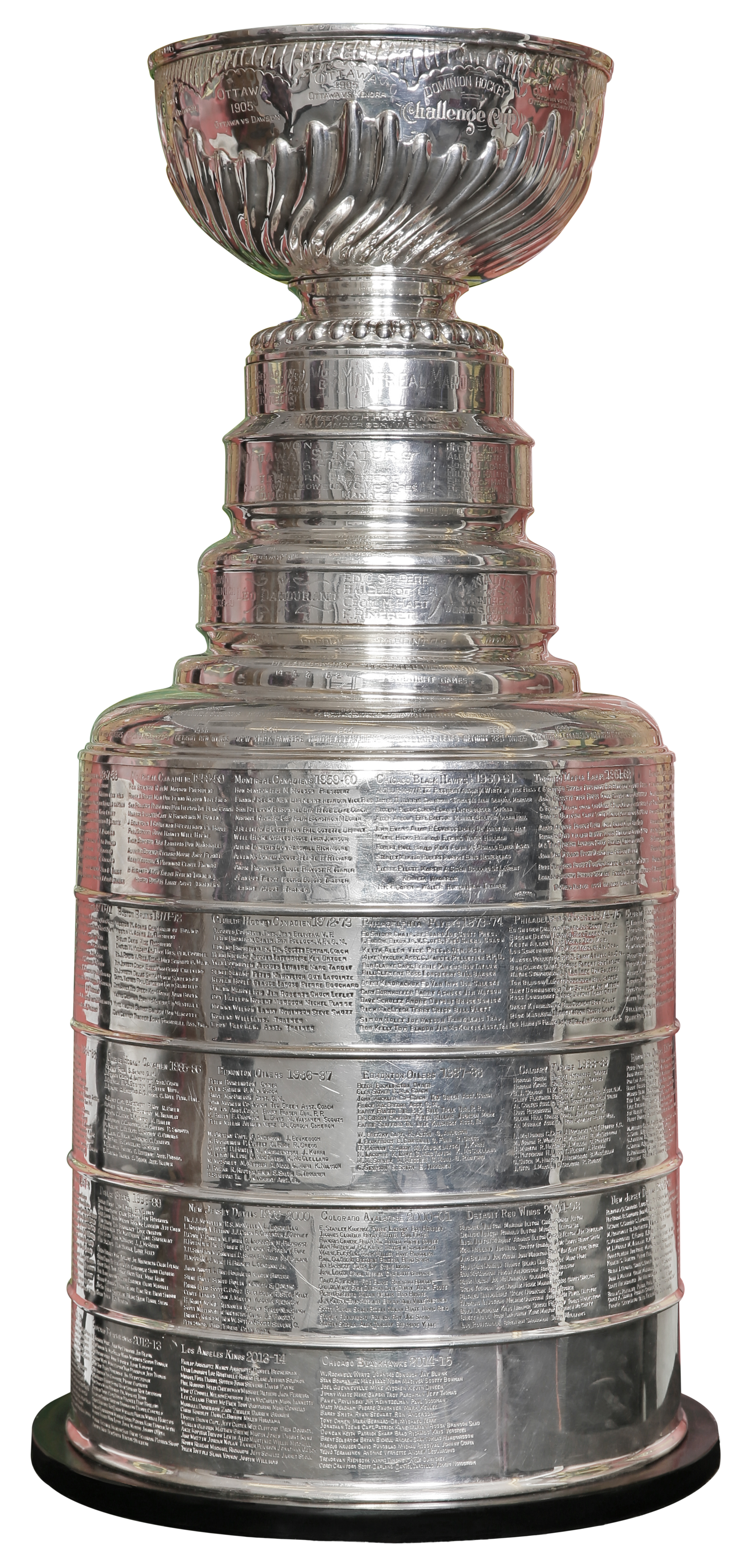This is the logo of the National Hockey League.
Saturday, May 21, 2016
The NHL
Hello readers, I'm back from dinner with another blog post. Unfortunately this post is going to be pretty short because of yet another unsatisfactory resource. So the next post will make up for the lack of info of this post. The topic here and for the next post are where I left off on post 7; the NHL. When first researching this, it seemed completely obvious where to look first; the official NHL website; "Official Site of the National Hockey League." NHL.com. Web. <https://www.nhl.com/>. The NHL website was chock full of player and teams stats, hockey news, playoffs standings, game schedules, and highlight videos, but unfortunately there was no sign of any articles about the history of the NHL. So this source had no use to me at this time. It's getting pretty late, so I'm really going to wrap up the last two posts tomorrow. So I'll see you in post 9!
This is the logo of the National Hockey League.

This is the logo of the National Hockey League.
Development of Professional Leagues
Well, I'm back for post number 7. It took me a good deal of researching to find and collect enough info to completely cover the topic of this post; the development of professional ice hockey leagues. I searched for quite some time but I didn't really find anything that neatly listed the names and formation dates of the several north american professional hockey leagues, so I ended up putting aside all the superstitions and decided to use this Wikipedia article; "Ice Hockey." Wikipedia. Wikimedia Foundation. Web. <https://en.wikipedia.org/wiki/Ice_hockey>. And I am so glad I used this article; it has a section of professional leagues with the details that I need! Wikipedia is a knowledgeable and trustworthy research platform, despite the taboo that many teachers have placed on it. Anyway, time to tell you what I found. Very shortly after the formation of the AHA of Canada, small leagues began to form in cities across Canada. These city-specific leagues were so numerous and small that they are not really worth mentioning by name because they didn't have that big of an impact on the sport itself except to spread its popularity. It was the year of 1899 that finally brought change to the world of hockey with the formation of the Canadian Amateur Hockey League (CAHL), which overlapped the previous AHA of Canada. The CAHL and AHA of Canada are considered "amateur" and not professional because hockey players at that time were not paid. The first professional league with paid players, the International Pro Hockey League (IPHL), was finally created in 1904 by a dentist named J.L. Gibson in, surprisingly, the United States. Canada later accepted professional hockey in 1908 with the creation of the Ontario Professional Hockey League (OPHL), which overlapped the CAHL. The year 1910 brought the creation of the National Hockey Association (NHA), which overlapped both the IPHL and the OPHL, and unified the U.S. and Canada under one league. But one year later came the Pacific Coast Hockey Association (PCHA), and a rivalry formed between the two leagues. The NHA ended up on top of its rival, and the PCHA was forced to merge into the NHA. Although the NHA was more popular and more prominent, it was the PCHA that brought major reforms and additions to the ice hockey rule book. The NHA would last until 1917, until the formation of the NHL. More to come on that in the next blog post (sory this post was so long)!
This is a photograph of J.L. Gibson's first hockey team, the Portage Lakers.
The Stanley Cup (pt 2)
Alright readers, I'm back from lunch and I'm ready to kick off another blog post. I managed to find this good source about the Stanley Cup; "Stanley Cup History." - A Brief History of the Stanley Cup and NHL Finals. Web. <https://www.ticketcity.com/nhl/stanley-cup-finals-tickets/stanley-cup-history.html>. This source was very reliable because it presented in-depth history of the Stanley Cup and the cup's founding father using reference dates. So, in order to fully cover the Stanley Cup, we should start with its creator, Frederick Arthur, Lord Stanley of Preston. Lord Stanley of Preston was the Canadian governor-general, and in 1893 he donated a 3-foot tall silver trophy that was to be given annually to the top-performing Canadian hockey team. This trophy became known as the Stanley Cup, with the first and second winning team being the Montreal Amateur Athletic Association team. As time, and hockey, progressed, ownership of the Stanley Cup was passed between various hockey leagues until the NHL took ownership of the Stanley Cup and began awarding it annually to the team that won the Stanley Cup Playoffs, starting in 1926. I will educate you all about these various hockey leagues leading up to the NHL in the next couple of posts, which will be coming up shortly, so stay tuned for more!
Below is a picture of the man himself, Lord Stanley of Preston.
The Stanley Cup
Hello readers, and I'm so sorry about my absence. Things just got really out of hand for me, but I have got to finish this blog. So to wrap things up quickly, I am going to publish 6 blog posts today, so I can catch myself up and have all my posts done. So, for post 1 and 2 of 6, I will talk about the history of the Stanley Cup, ice hockey's ultimate prize. The source I referenced was; Hutchinson, Sean. "22 Things You Might Not Know About the Stanley Cup." Mental Floss. Web. <http://mentalfloss.com/article/51140/22-things-you-might-not-know-about-stanley-cup>. This website had several small facts and details that I found to be very interesting, but I don't think I could really use this as a research source. The site only contained small factoids and not in-depth research, so this article doesn't fit the purpose of my research. But, I'll list my favorite informative facts from the page for you guys, just because I think you might like to hear them;
- Every player, coach, and officiating staff member from the winning team that year has their name engraved on the cup
- The Stanley Cup is always accompanied by at least one appointed member of the Hockey Hall of Fame, and is called the, "Keeper of the Cup"
- During the NHL off-season, each individual player from the winning team is allowed one whole day with the cup
Well, that's all for this post, but there's a lot more coming, so see you then!
This is an image of the currently used Stanley Cup.
Subscribe to:
Comments (Atom)

